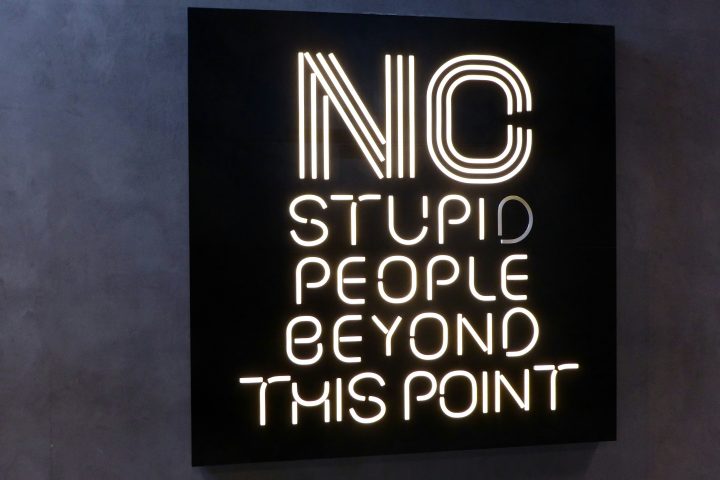Envision a cluttered office filled with piles of paperwork, manual filing cabinets, and outdated communication systems. Yeah, that’s the description of my “office” closer two a decades ago. Now, transport yourself to a cutting-edge workplace of the future, equipped with AI-powered virtual assistants that handle administrative tasks, collaborative platforms that streamline communication, and smart devices that create a personalized and productive environment. It’s a work paradise where productivity soars and mundane tasks become a thing of the past.
Where some industries are still learning, in IT, continuous delivery, implementing smart devices and collaborative platforms in the workplace of the future is already here. Continuous delivery enhances productivity and streamlines communication, creating an environment conducive to efficient software delivery.
Why Also Business should Fall for Continuous Delivery
Instead of manually building, testing, and deploying software, continuous delivery uses automated tools and processes to speed up the delivery and reduce errors. Overall, continuous delivery aims to provide a smooth, efficient, and reliable process for delivering software changes, similar to how a modern AI-powered virtual assistant does its tasks; quickly and consistently.
Why am I writing about this? Have developers fallen head over heels for continuous delivery? Not all developers, that’s for sure, but some have, and I don’t blame them. This captivating approach brings together several irresistible elements.
- By embracing continuous delivery, developers experience a rapid cycle of benefits. They receive prompt feedback on code changes, leading to quick iterations and constant improvement. Breaking down complex changes minimizes the risk of major bugs, ensuring smoother development journeys.
- Collaboration flourishes as developers, testers, and stakeholders unite to review, test, and validate code changes. Sounds fantastic, and in many cases, my response would be, “I wish.” But it’s the goal, and this harmonious symphony of teamwork enhances the overall software quality. And when it’s time to release, we do it with lightning speed, providing a competitive edge.
- Automation takes center stage, freeing developers from repetitive tasks. Yes, someone still has to do the work to automate stuff. But in the end, automation allows developers to focus on innovation and creativity, bringing their coding reach to new heights. Developers unlock valuable insights by leveraging metrics and data and optimizing their code and processes.
- Continuous delivery weaves a captivating tale of faster feedback, collaborative success, and streamlined journeys to software excellence. Both developers and stakeholders find themselves enchanted by its irresistible charm, shooting them towards greater coding achievements.
Battling the Dragons
Transfer toward continuous delivery ain’t always rosy, and disagreements between IT and the business in the context of continuous delivery can arise. Most common conflicts usually emerge between speed and stability, resource allocation challenges, differing priorities regarding technical debt and business goals, and disagreements surrounding scope, feature prioritization, user experience, testing, change management, and communication.
Once again, we go back to the importance of open communication, collaboration, and shared understanding to bridge the gap between IT and business perspectives and ultimately achieve successful implementation of continuous delivery aligned with business objectives.
While continuous delivery offers numerous benefits, specific scenarios or factors may present challenges or reasons to reconsider driving toward it. Complexity and cost, legacy systems, compliance, skill gaps, risk, or business value are valid and often heard reasons why not to head toward the model.
Pedal to the Metal or Cruisin’ in Reverse
Implementing continuous delivery requires a combination of technical practices, cultural shifts, and an ongoing commitment to improving the software delivery process. It’s an iterative journey where you aim to achieve shorter feedback cycles, faster release cycles, and increased customer satisfaction.
Ultimately, the decision to drive towards continuous delivery should be based on a careful assessment of the organization’s specific circumstances, goals, and constraints. It’s essential to weigh the potential benefits against the challenges and consider alternative approaches if continuous delivery is not deemed suitable for the given context.
Will you pedal to the metal and drive towards continuous delivery or were you thinking about taking a more cautious approach?




